Discovering the Crafts and Culture of the Angami Tribe in Nagaland
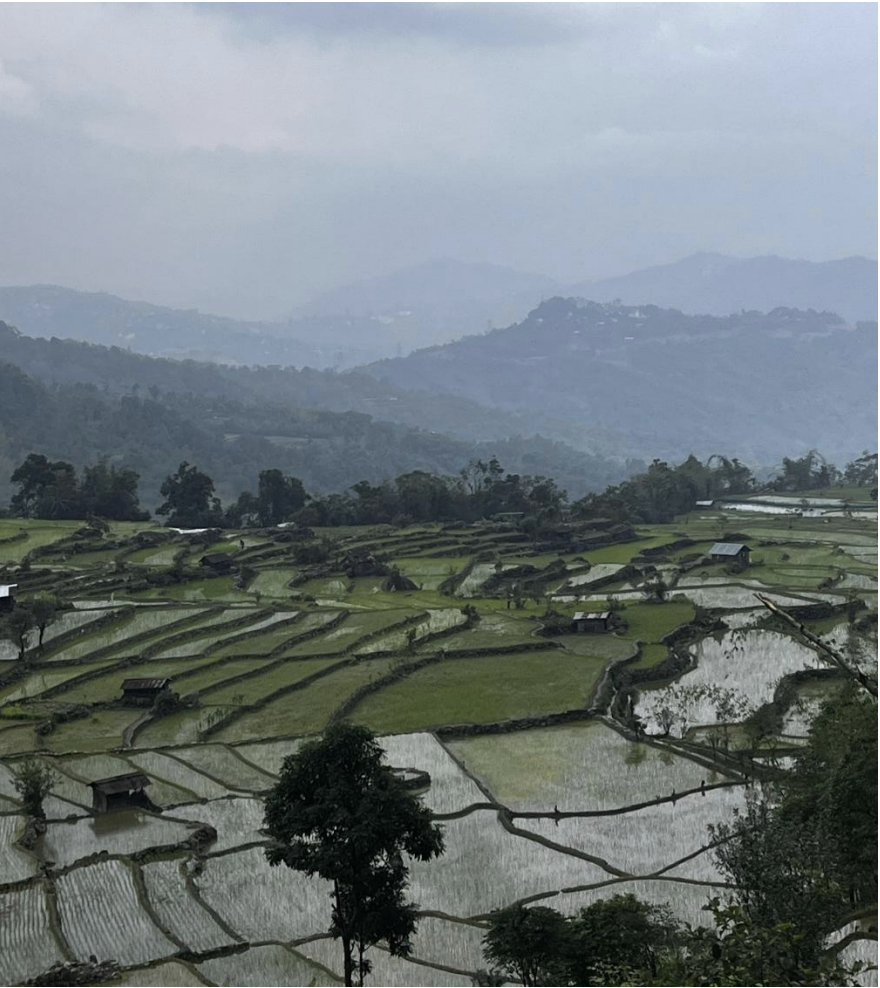
Kohima
Walking through Kohima’s foggy hills will reveal more than just stunning vistas; you will
also encounter stories. Stories are carved on wood, dyed into fabric, and passed down
through generations. The Angami tribe, one of Nagaland’s most important indigenous
groups, is central to these stories; their traditions are meticulously produced rather than
simply uttered or sung. As Nagaland develops as a cultural hotspot, particularly during
events such as the Hornbill Festival, the Angami tribe maintains a quiet resilience,
preserving a rich heritage of handicrafts, tribal lifestyle, and indigenous identity that is
deeply rooted in the rhythms of village life.
The Soul of the Hills: Who Are the Angami?
The Angami people, who live mostly in the southern areas of Nagaland’s Kohima district,
are recognized for their discipline, strong communal bonds, and lively spiritual
traditions. Their villages, including Kigwema, Khonoma, and Viswema, all end in “ma,”
representing long established settlements. These are not merely administrative
buildings; they are living museums of Angami culture. Their past is not preserved in
dusty books, but rather through oral traditions, architecture, and, most especially, their
trades.
More Than Utility: Craft as a Way of Life
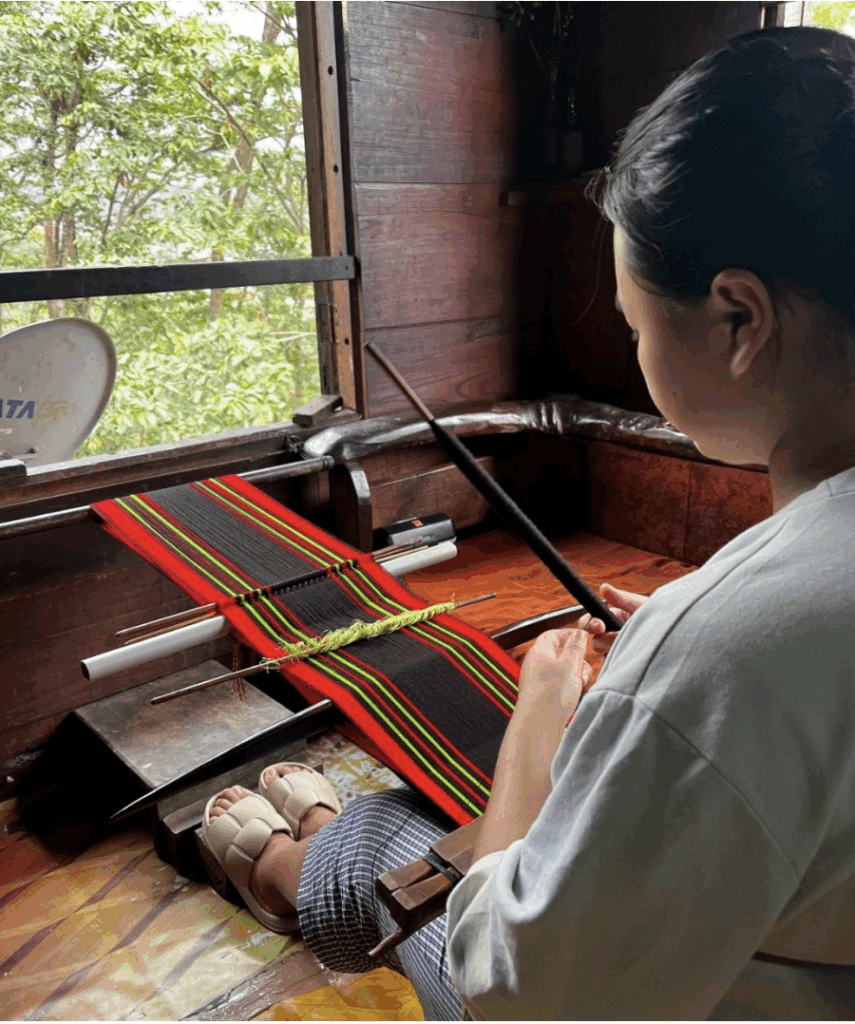
Almost every house has a loom
Crafting is not a hobby in Angami culture; it is an essential element of everyday life. It
begins at a young age and is frequently passed down from grandma to granddaughter
or father to son. In Kigwema village, for example, almost every house has a loom.
Crafting is not separate from regular activities; it runs concurrently—between tending to
terrace farms and brewing rice beer.
Weaving: The Language of Threads
The Angami loom communicates through patterns. Women weave stories, not just
shawls. The traditional loin loom, which is still commonly employed, creates shawls such
as the Lohe, Zhatho, and Khwemhi, each with symbolic significance. The Lohe shawl, for
example, is more than just apparel; it is a visual expression of masculinity, honor, and
community pride. Meanwhile, ladies wear the Thupi Khwe and Khweshe to commemorate
life milestones like as graduation or marriage. Patterns are not picked at random; they
reflect Angami history, beliefs, and hierarchies.
Cane and Bamboo: Sculpting Sustainability
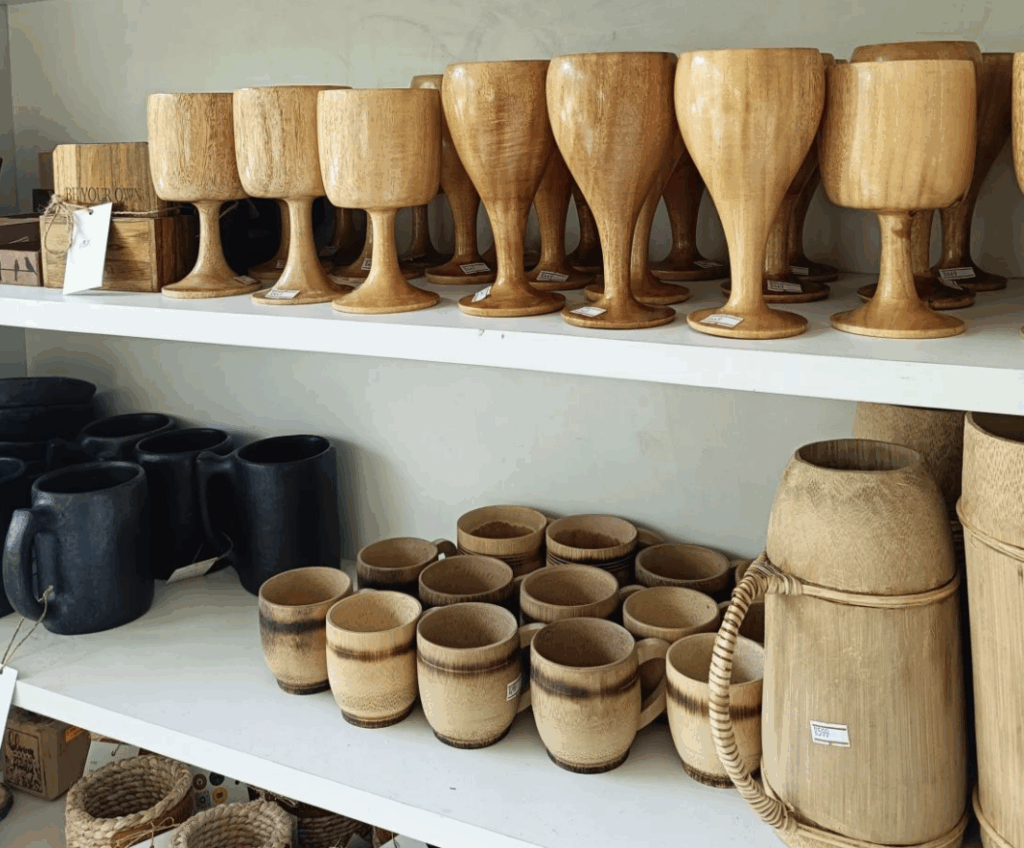
Bamboo Products
One cannot discuss Naga handicrafts without mentioning the remarkable cane and
bamboo work. The Angamis are skilled at transforming natural resources into functional
and aesthetically pleasing items. Each piece, from kitchen storage baskets to ceremonial
items such as headdress and neckpieces, serves a functional and aesthetic purpose.
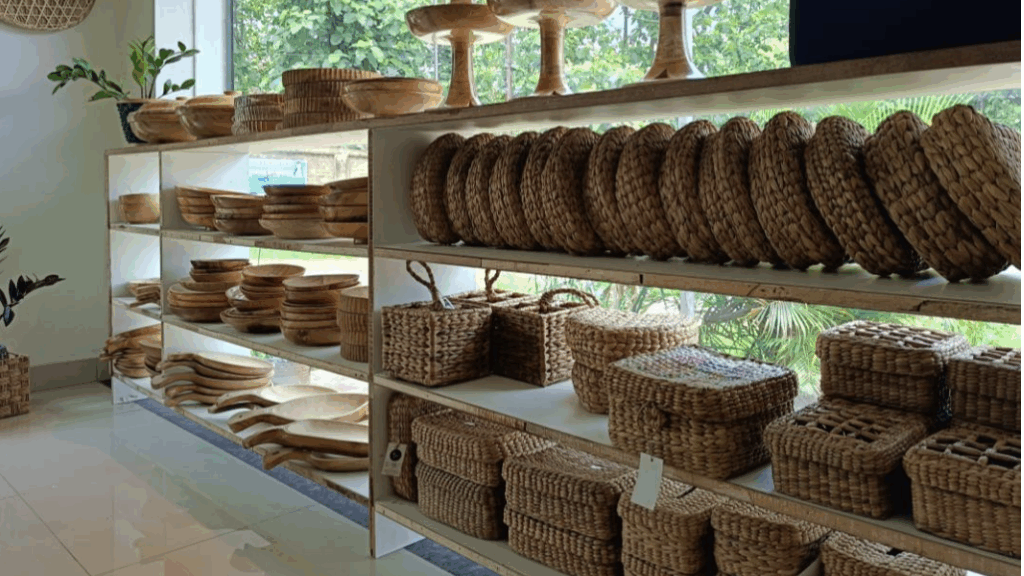
Basket weaving is a popular livelihood in the villages.
While modern plastic products have made their way into the market, villagers in Kohima
continue to rely on handwoven baskets for daily use—some surviving decades, aged but
intact, aging gracefully alongside their makers.
The Craft of Identity:
What distinguishes Angami crafts is that they serve more than just the maker or user;
they also serve the community’s identity. Wood carvings of mithun skulls or tigers are
more than just decoration. They represent money, position, and spiritual beliefs.
Similarly, woven patterns represent clan affiliations or ancestral lineages.
Craft, in the Angami tradition, is both personal and political. It symbolizes belonging
The Festival of Craft:
Hornbill and Sekrenyi Nagaland’s Hornbill Festival, celebrated every December, is
sometimes described as a cultural boom. However, the Angamis see it as more than just
a showcase. It is an affirmation. Dancers in feathered headdress, singers playing the
tathi (a one-string instrument), and elders telling stories breathe new life into traditions
that are inextricably linked to craft.
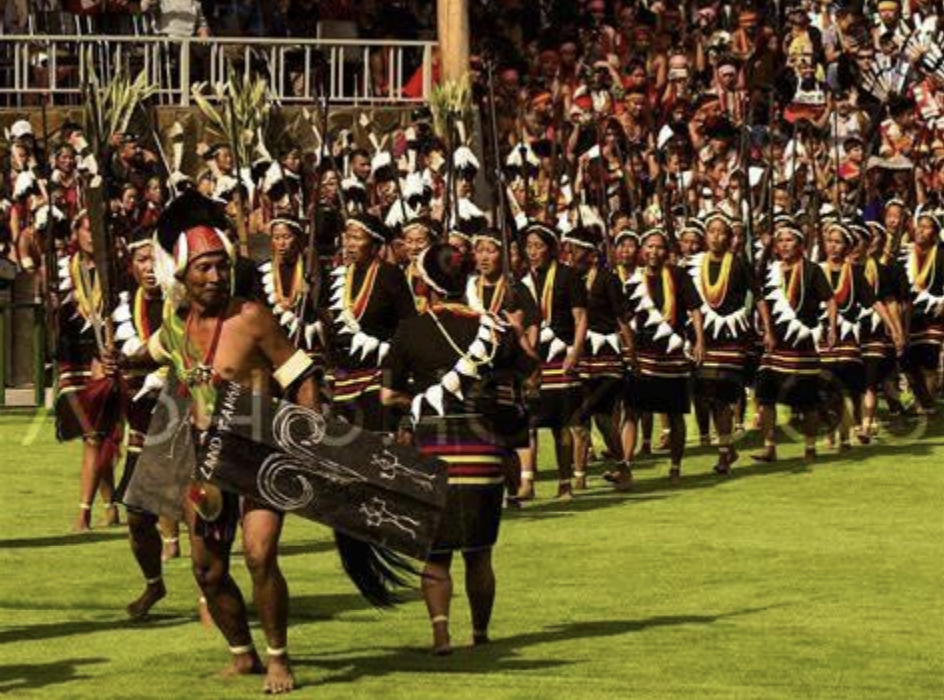
Earlier in the year, the Sekrenyi festival, held in February, represents purification and
rejuvenation. During this time, Angamis practice ceremonies, wear their finest
handcrafted clothing, and pass down talents and stories. Visitors get a close view into
what the word “indigenous Naga” truly means.
From Craft to Commerce: Adapting Tradition:
Today, Angami artists face the difficulty of preserving heritage in a rapidly changing
environment. Weaving, for example, is time-consuming and needs meticulous attention
to detail. However, local weavers, particularly women, have begun to adapt by producing
new products like as woven tote bags, house textiles, and accessories while preserving
their ancient traditions.
Workshops, collaborations with design institutes, and growing awareness in ethical
fashion have opened new opportunities for craftsmen. However, the foundation of the
activity stays the same: utilizing one’s hands to conserve a history.
Why the Angami Craft Matters Today?
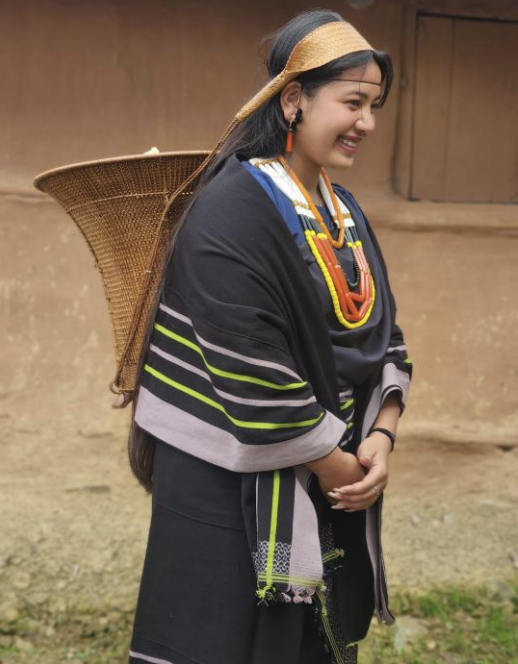
Angami woman wearing traditional attire
In a society dominated by rapid fashion and mass manufacturing, the Angami tribe’s
craftsmanship serves as a striking reminder of intention, patience, and rootedness. Each
basket, shawl, and carved decoration reflects Nagaland’s culture, which is influenced by
mountain life, spiritual depth, and communal pride.
Visiting Kohima village or observing craft in action at a festival is about more than
simply consumption; it is also about respect. It is important to recognize that these
things are more than just keepsakes; they are representations of identity.
Final Threads
The Angami tribe teaches us that craft is not just about making—it’s about remembering.
Remembering who you are, where you come from, and what values you hold close.
Whether it’s a handwoven shawl, a bamboo basket, or a folklore passed down by the
hearth, these are the threads that keep the fabric of Naga traditions intact.
So the next time you find yourself in Nagaland, slow down. Look closer. The craft will
speak if you’re willing to listen.

All picture courtesy: NIFT SHILLONG STUDENT
THANK YOU